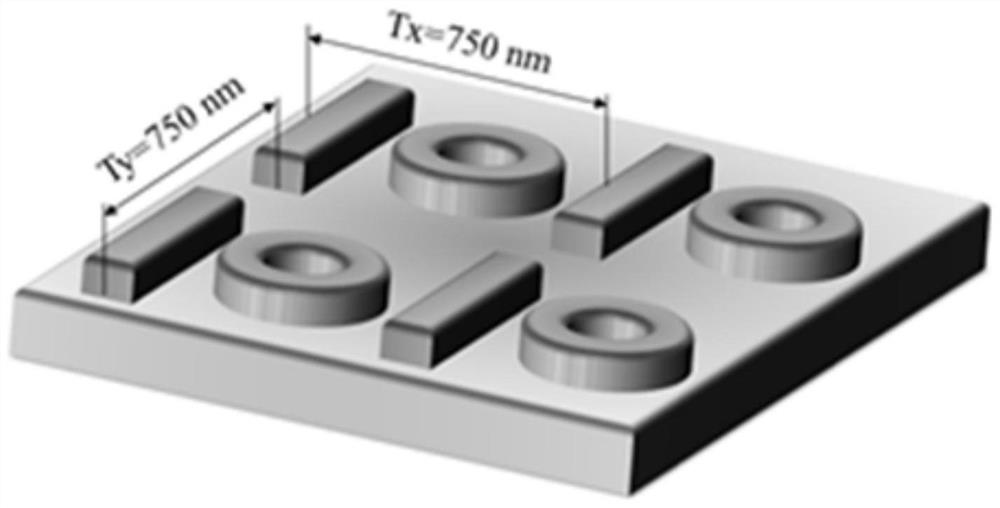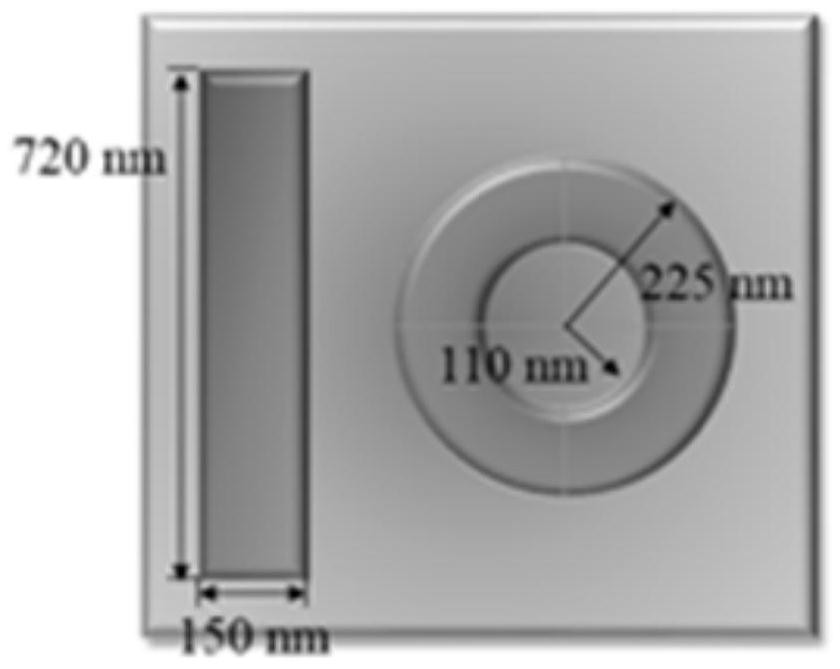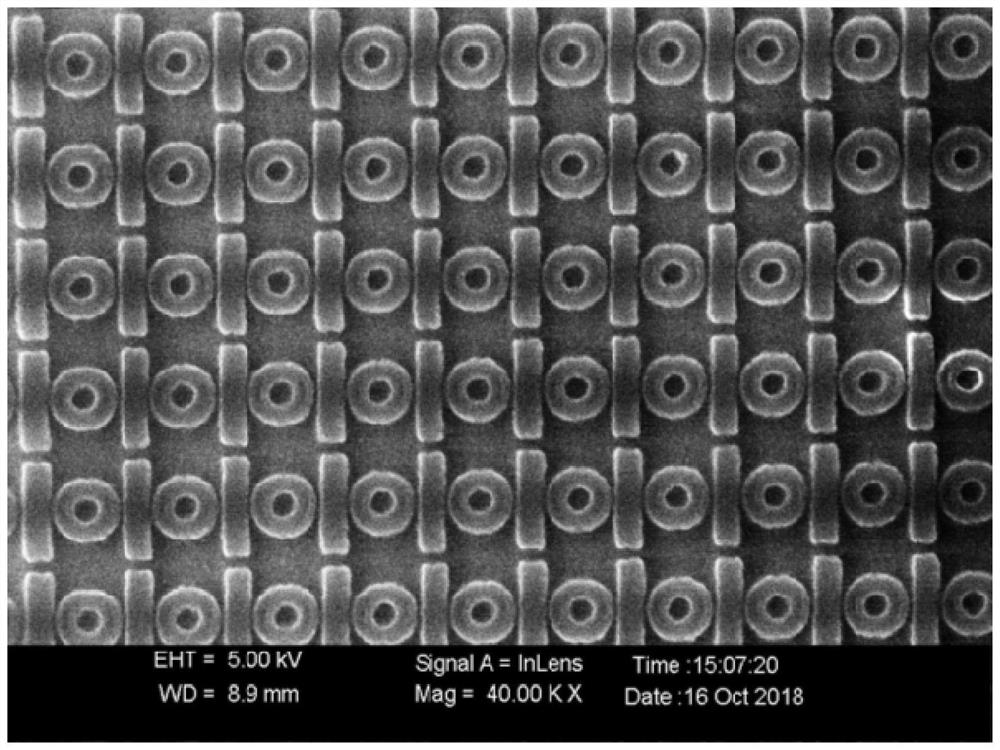A Dielectric Nano Lightwave Antenna Sensor Based on Rod-Ring Structure and Its Application
A sensor and nanotechnology, applied in instruments, scientific instruments, material analysis by optical means, etc., can solve problems such as toxicity, affecting the existing activity of proteins, and destroying the activity of antigen-antibody proteins, and achieve the effect of low local temperature
- Summary
- Abstract
- Description
- Claims
- Application Information
AI Technical Summary
Problems solved by technology
Method used
Image
Examples
Embodiment Construction
[0032] The specific embodiments of the present invention will be described in detail below in conjunction with the accompanying drawings: the case of this embodiment is based on the rod-ring structure dielectric nanoantenna proposed by the present invention, but the scope of protection of the present invention is not limited to the following embodiments and cases.
[0033] As shown in Figure 1(a) and Figure 1(b), a dielectric nano-lightwave antenna sensor based on a rod-ring structure includes a substrate, a number of rod-ring structures arranged in a periodic array arranged on the top surface of the substrate, the Each unit of the rod-ring structure is composed of a rectangular rod and a circular ring, in which the rectangular rod undertakes the task of exciting the "bright mode" (that is, electric resonance), and the circular ring undertakes the task of exciting the "dark mode" (that is, magnetic resonance). Task.
[0034] In this embodiment, the long side of the rectangular r...
PUM
| Property | Measurement | Unit |
|---|---|---|
| thickness | aaaaa | aaaaa |
| thickness | aaaaa | aaaaa |
| height | aaaaa | aaaaa |
Abstract
Description
Claims
Application Information
 Login to View More
Login to View More - R&D
- Intellectual Property
- Life Sciences
- Materials
- Tech Scout
- Unparalleled Data Quality
- Higher Quality Content
- 60% Fewer Hallucinations
Browse by: Latest US Patents, China's latest patents, Technical Efficacy Thesaurus, Application Domain, Technology Topic, Popular Technical Reports.
© 2025 PatSnap. All rights reserved.Legal|Privacy policy|Modern Slavery Act Transparency Statement|Sitemap|About US| Contact US: help@patsnap.com



